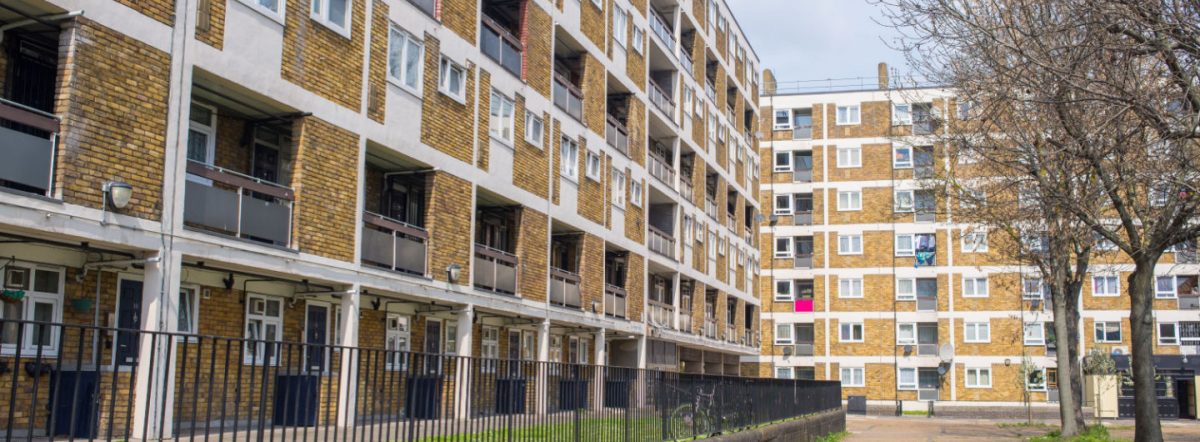There are different ways of measuring – and predicting – the levels of fuel poverty.
The official definition used in England demonstrates how many people on low incomes also live in low energy efficient homes. This was broadly supported by campaigners when it was introduced, but since the energy bills crisis it has failed to adequately show the scale of suffering faced by people more broadly and across the UK. Scotland, Wales and Northern Ireland use different definitions to measure fuel poverty which adds to the challenges.
Predictions therefore use a traditional definition of fuel poverty looking at a percentage of income after tax and housing costs being spent on energy bills. This is more of a measure of the number of households who will struggle to heat their home adequately or run vital equipment (such as ovens, medical equipment or fans in the summer). While this can provide a comparable UK-wide figure and is easier to update more regularly, one limitation of this measure is that it can include higher income earners as being fuel poor.
Creating predictions of the numbers of people in fuel poverty are then based on estimates (or actual) Ofgem price cap calculations.
Number of households in fuel poverty
Latest update 10.04.24
There are two main sources of predictions for fuel poverty estimates.
National Energy Action (NEA) use official data to base their calculations on the number of people in fuel poverty and apply an increase linked to rising or falling energy bills and is “broadly in line with robust analysis by the Resolution Foundation surrounding ‘Fuel Stress’, which is also based on the 10% fuel poverty metric.” The 10% metric is one where households are considered in fuel stress if they spend 10% of their income (after housing costs and taxes) on energy.
- Number of UK households in fuel poverty from if energy bills reach £2,500 again: 7.5m (26.3%)
- Number of UK households in fuel poverty from 1 April 2024: 6m (21.1%)
The University of York (UoY) / Child Poverty Action Group uses two models of fuel poverty . The first is the 10% of income (after taxes and housing costs) and the second is the 20% of income (after taxes and housing costs). However, these numbers are then modified to take into account external factors within year, such as inflation and benefits. The difference between the 10% and 20% starting points is that a 20% starting point removes the likelihood of high income households spending a lot on energy bills being included in data.
- Number of UK households in fuel poverty from 1 April 2023 (at 20% / UoY model): 5.6m (19.8%)
- Number of UK households in fuel poverty from 1 April 2023 taking into account planned Government support for vulnerable households (at 20% / UoY model): 4.1m (14.6%).
However, the latest data suggests that 68% of all fuel poor households (20% model) are receiving cost of living payments but that leaves 32% (or 1,768,000) of them not receiving the payments.
Ofgem Price Cap / EFPC Estimates
The End Fuel Poverty Coalition’s latest analysis of the Ofgem Price Cap can be found here: https://www.endfuelpoverty.org.uk/about-fuel-poverty/ofgem-price-cap/
Based on Cornwall Insight projections of energy bills moving forward and applying a rough estimation of fuel poverty levels (see methodology below), the End Fuel Poverty Coalition would expect the following numbers to of UK households to be in fuel poverty:
- From 1 July 2024: 6.0m (21.1%)
- From 1 October 2024: 6.2m (21.8%)
- From 1 January 2025: 6.2m (21.8%)
Regional or demographic projections on levels of fuel poverty
Latest update 28.11.23
Previous regional and demographic predictions published on this website have been based on a model developed by the End Fuel Poverty Coalition which took regional and demographic levels of fuel poverty in England from 2020 BEIS data (or the latest available at the time) or figures from the devolved nations’ governments and then applied the Select Committee on Energy Efficiency and Fuel Poverty (HC37 2009, p10) and Fuel Poverty Methodology handbook (BEIS / BRE updated September 2016) methodology which stated that for every 1% rise in energy prices an additional 40,000 homes go into fuel poverty. The model broadly followed the NEA model predictions for total levels of fuel poverty (any discrepancies between the two usually explained by base points and rounding).
However, this regional model has not been updated since the publication of latest 2023 official fuel poverty data.

